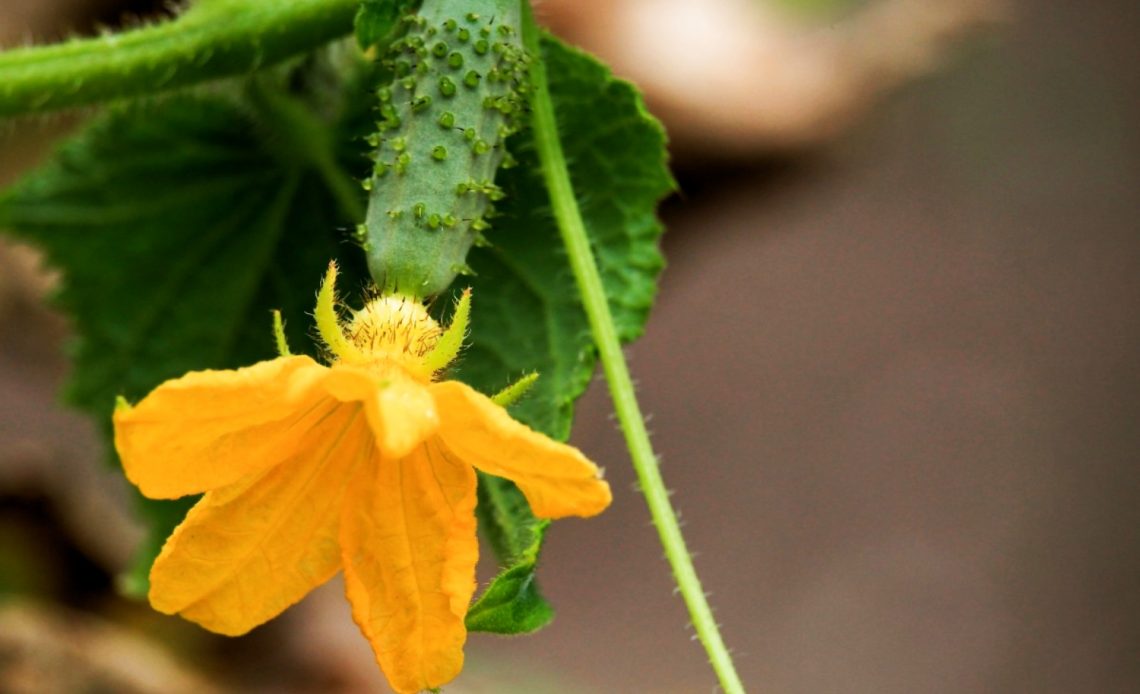

We’re here to help! Wild Yards is a completely free website that is 100% dedicated to helping you create a wildlife-friendly, sustainable yard. Read more
WildYards is reader-supported. When you buy a product through a link on our site, we may earn a comission. Every product is independently selected by our (obsessive) editors and our reviews are unbiased and objective. Read more about our mission or our privacy policy.
Cucumbers are some of the most rewarding garden veggies to grow. They’re easy to start from seeds, they grow quickly, maturing in just 50 to 70 days, and they’re prolific producers, with each plant creating 10 cucumbers on average in a growing season. If you love to grow your own cucumbers to make pickles or just to snack on, then you may be wondering how to increase female flowers in cucumber plants so you can get the most out of your garden.
Fertilizing cucumber plants regularly and making sure they stay hydrated once they begin producing flowers will dramatically increase female flower development. But other factors, like temperature, soil pH, and cucumber variety, play a role as well.
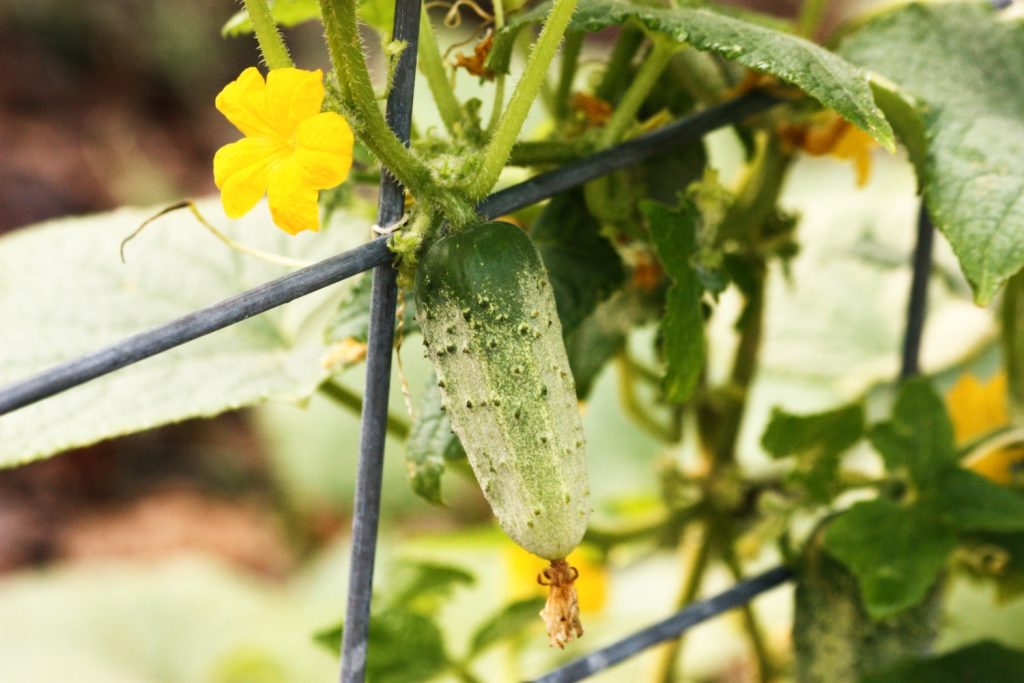
How can you tell male and female cucumber flowers apart?
Most cucumber plants produce both male and female flowers. At first glance, it can be difficult to distinguish between the two. But a closer inspection reveals their differences. While both male and female flowers are yellow, male cucumber flowers are attached to thin stems, while female flowers have a small fruit attached below the blossom.
Male flowers also produce pollen, which can be used to fertilize female flowers. Insects like ladybugs, butterflies, and bees help pollinate the plants, but they can also be pollinated by hand with a small paintbrush. Once the female flowers have been pollinated, a cucumber begins to develop. As the cucumber grows, the female flower dies and detaches itself from the fruit.
Why are female cucumber flowers so important?
Both female and male cucumber flowers play an important role in reproduction. If a plant made only one or the other, then it wouldn’t be able to produce fruit. However, male flowers do not produce fruit — only female flowers can do that. Since a single male flower can fertilize 3 to 5 female flowers at once, this means that just a few male flowers are enough for the whole plant. If your cucumber has too many male flowers and not enough female flowers, it won’t be able to make many cucumbers.
Remember, a single cucumber plant produces 10 cucumbers on average. This is just a rule of thumb that is subject to change based on the variety of cucumber you’re growing, if the cucumber’s growing requirements are being met, how well the plant is pollinated, and so on. By encouraging the plants to produce female flowers, you’ll be doing all you can to ensure you get as many cucumbers as possible.
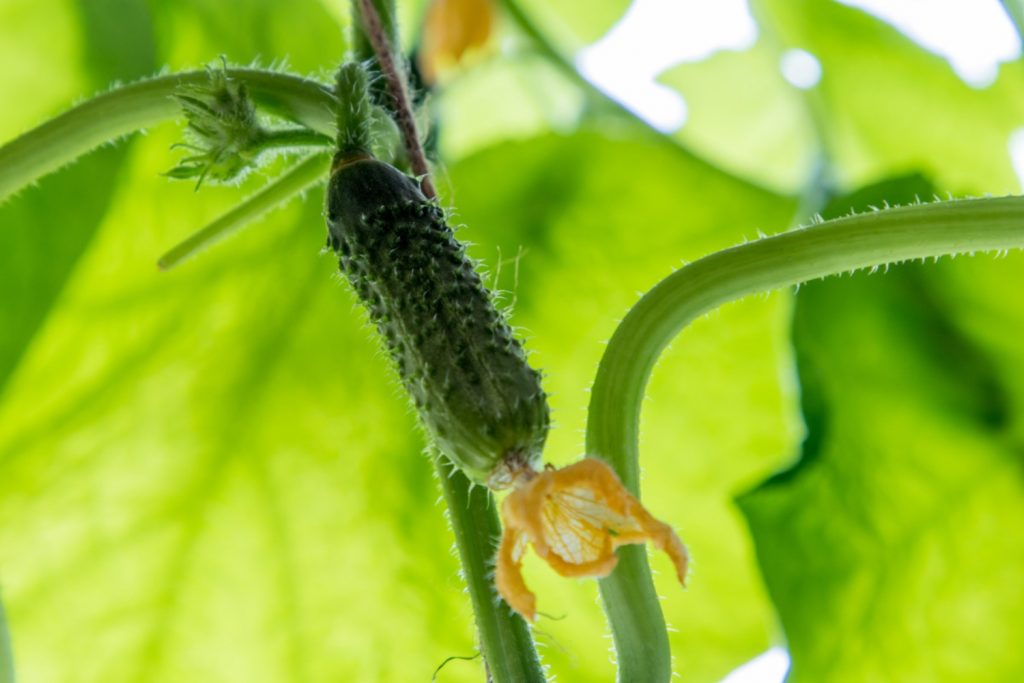
12 Ways to increase female flowers in cucumber plants
There is no single way to get your cucumber plants to produce more female flowers. However, there are a few strategies that you can try to increase female flowers in cucumbers. Since early care influences the number of flowers a cucumber plant produces, you’ll need to be consistent with your efforts. So be patient and don’t give up!
Choose the correct cucumber varieties
Some cucumber cultivars only produce female flowers. These gynoecious varieties include ‘Diva’, ‘Sweet Success’, ‘Mars’, and ‘GynoPower’. Because they produce female flowers primarily, they tend to grow more cucumbers than the more popular monoecious varieties, which produce both male flowers and female flowers.
Planting gynoecious cucumber varieties alone will certainly lead to an increase in the number of female flowers you find out in your garden. But if those flowers go unpollinated, they won’t do you much good. Be sure to intercrop a few monoecious cucumber plants with your gynoecious cultivars to ensure the plants are pollinated.
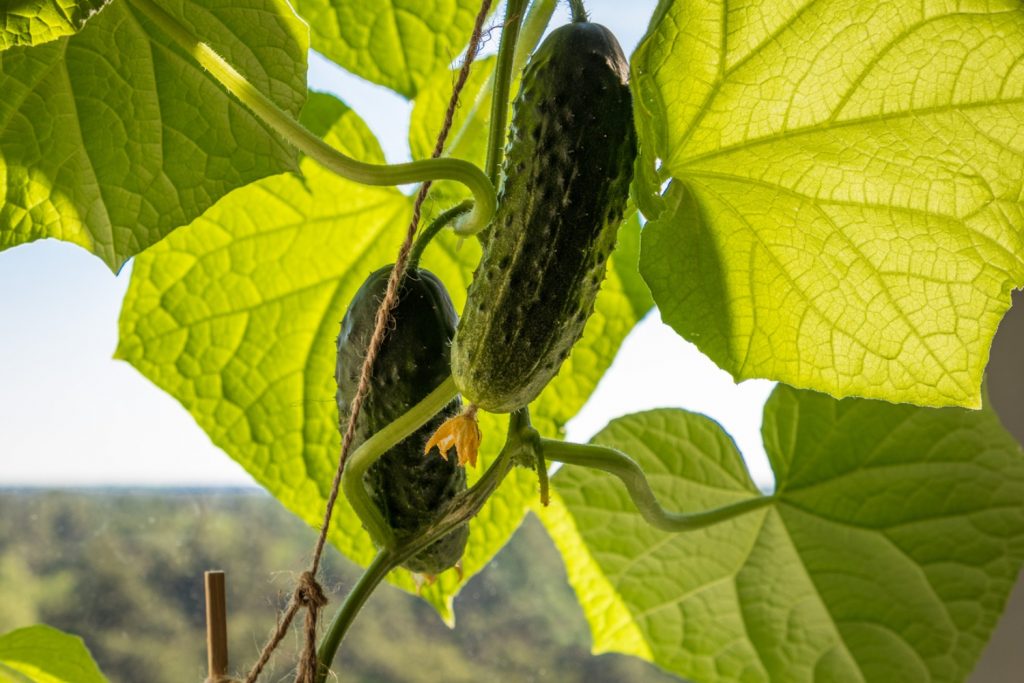
Plant your cucumbers when it’s warm outside
As the long, cold winter months draw to a close, it can be tempting to get a jumpstart on your seedlings. But you should wait until late spring or even early summer before starting your cucumber plants. The plants need to stay warm — not too hot, but certainly not too cold — to produce female flowers.
Mild temperatures between 40 and 60 degrees Fahrenheit will encourage cucumbers to produce more female flowers. Cooler weather can stunt the cucumber plant’s growth and prevent it from creating many blooms. Conversely, hotter temperatures of 70 degrees and above will make the plants produce more male flowers.
So if you want to increase female flowers in cucumber plants, timing is critical. You must plant your seedlings late enough in the season that they don’t get too cold, but early enough that they don’t get too hot. Keep an eye on the weather forecast, and get ready to start your cucumber seedlings indoors 4 to 6 weeks before the last spring frost. That way, once you move them out to the garden, the weather will be just right for them.
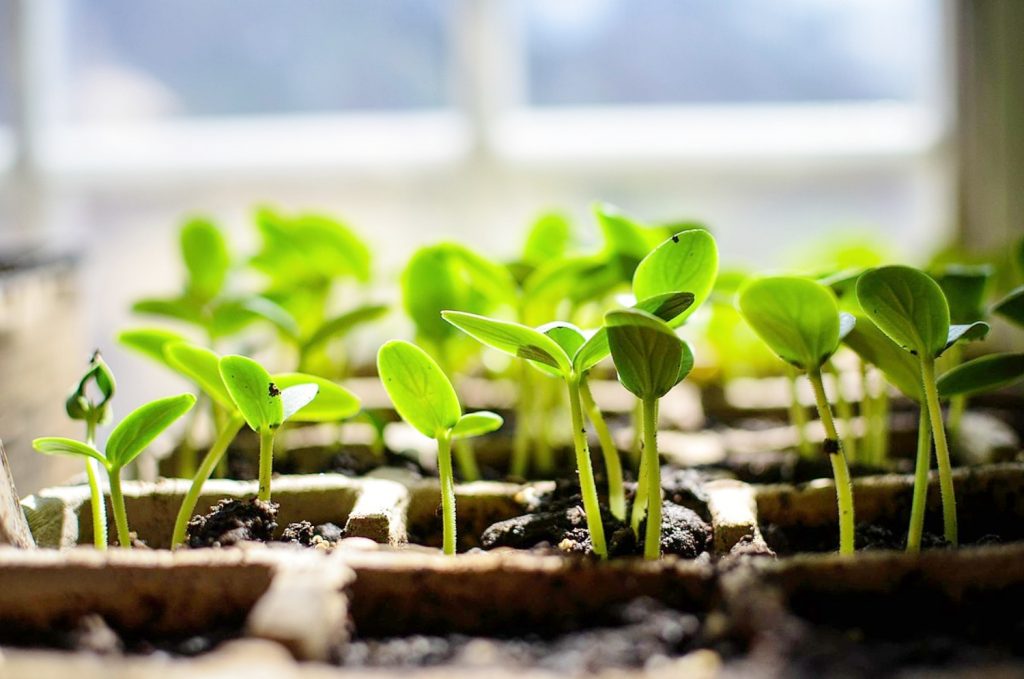
Fertilize the cucumber plants to increase female flowers
Like any other vegetable out in your garden, cucumbers rely on nutrients to flower and produce fruit. If there aren’t enough vitamins and minerals in the soil, then the plants won’t be able to make many flowers. To increase female flowers in cucumber plants, you’ll need to create a fertilizing schedule for them and stick to it.
For best results, start feeding your cucumber plants early. Once the plants have developed several sets of true leaves, typically 4 to 6 weeks after the seeds have sprouted, they should be given a vegetable fertilizer. This will help the plants get established quickly once they’re out in your garden.
After their initial feeding, your cucumber plants should be fertilized every 4 to 6 weeks thereafter. Cucumbers rely on nitrogen, phosphorous, potassium, calcium, magnesium, and sulfur to produce lots of flowers. While a fertilizer designed specifically for garden vegetables typically works best, low-dose balanced fertilizers like 13-13-13 can also be used, as can natural fertilizers like compost, manure, kelp meal, and bone meal.
Avoid using the wrong type of fertilizer
Nitrogen is essential for cucumber plants to grow. In fact, it’s one of the most important nutrients for all plants. Adequate nitrogen levels in the soil enable plants to produce healthy green foliage. Without it, plants can’t make food for themselves, and they turn yellow and die.
However, too much nitrogen can also be a bad thing. If you feed your cucumber plants with a nitrogen-rich fertilizer, like 16-4-8 or 30-0-10, the plants will focus on producing more leaves, rather than on making female flowers. So avoid giving them too much nitrogen during the flowering stage. This will help them flower properly.
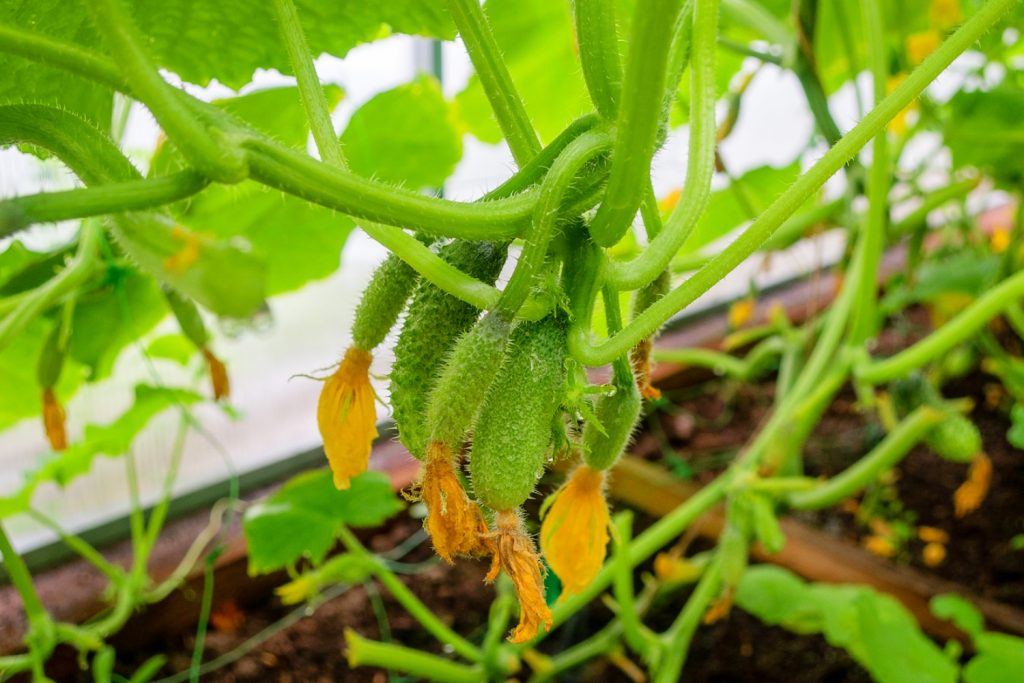
Check your garden soil’s pH
Soil pH can seem like a minor detail, but don’t write it off because it actually plays a big role in how well the plants in your garden perform. Most vegetables, cucumbers included, grow best in soil that has a pH of 6.0 to 7.0. It’s at this range that the nutrients in the soil are most available to plants. If the soil is too acidic or too alkaline your cucumber crop may not have access to the minerals it needs to make female flowers.
Use an at-home soil test kit to determine the pH of your soil. If your soil is too alkaline, use peat moss to bring the pH down to a more neutral range. And, if your soil is too acidic for cucumbers to grow well, add baking soda to make it more alkaline.
Make sure the plants get plenty of sunlight
Cucumbers grow best when it’s warm outside, and they love lots of sunlight. If you live in a cooler climate, be sure to plant your cucumbers in full sun. In hotter regions, it’s best to grow your cucumbers in a location where they can get morning sun, but receive dappled shade in the afternoon to help them cool off.
Cucumbers rely on sunlight to help them produce plant food. If they don’t have enough light to photosynthesize correctly, they won’t have enough energy to make flowers. Cucumber plants that don’t get enough sunlight will display other symptoms, too. You’ll notice stunted growth, pale green or yellowing foliage, and failure to become established.
It’s important to watch your vegetable patch before planting so you get a better understanding of how much light each row receives over the course of a day. This will help you figure out which plants need to go where during the planning stages of your garden. If your cucumber plants aren’t getting enough sunlight, it’s safe to transplant them to a sunnier location. Just be sure to follow our guide to successful transplanting, and they’ll recover from the move quickly.
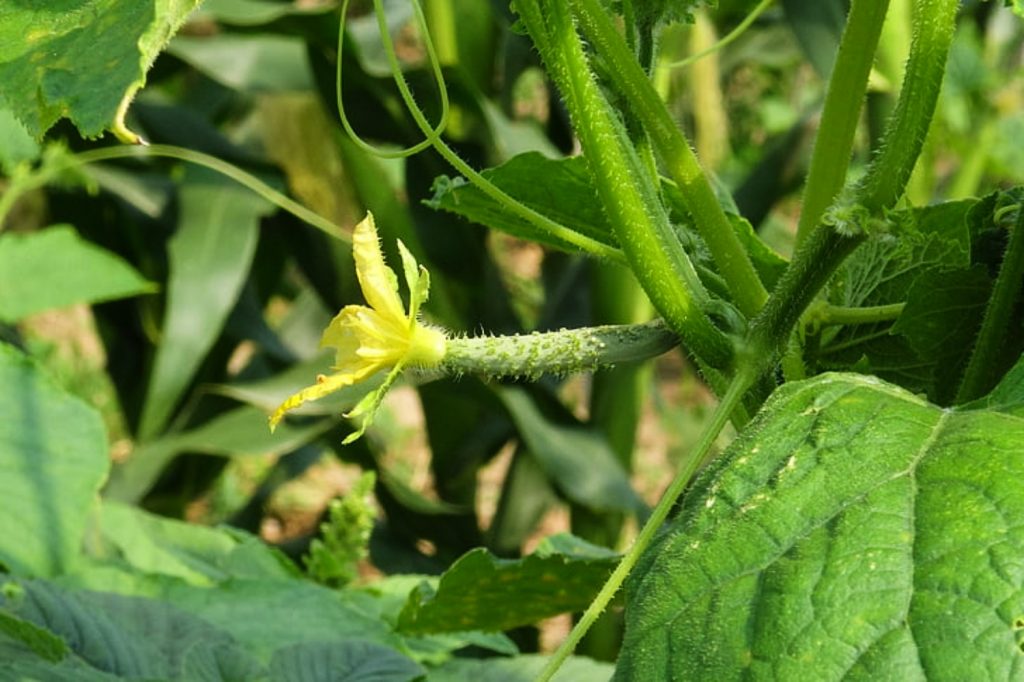
Give the cucumber plants enough space
Whether you plant your crops in rows or in a raised garden bed, be sure to leave plenty of space in between your cucumbers. Planting like with like can make caring for your garden easier. But plants that belong to the same family often rely on the same nutrients to survive. So if you grow your cucumbers too close together, they may end up competing for vitamins and minerals.
Cucumbers are vining plants that can grow upwards of 20 feet in length. For best results, train your cucumbers to grow up a trellis. This will give them plenty of room to grow. But, if you haven’t got a place to put a trellis, you’ll have to let your cucumber plants sprawl out over the ground. Plant your cucumbers 2 to 4 feet apart to promote good air circulation and prevent them from competing for nutrients. This will encourage the plants to produce lots of female flowers.
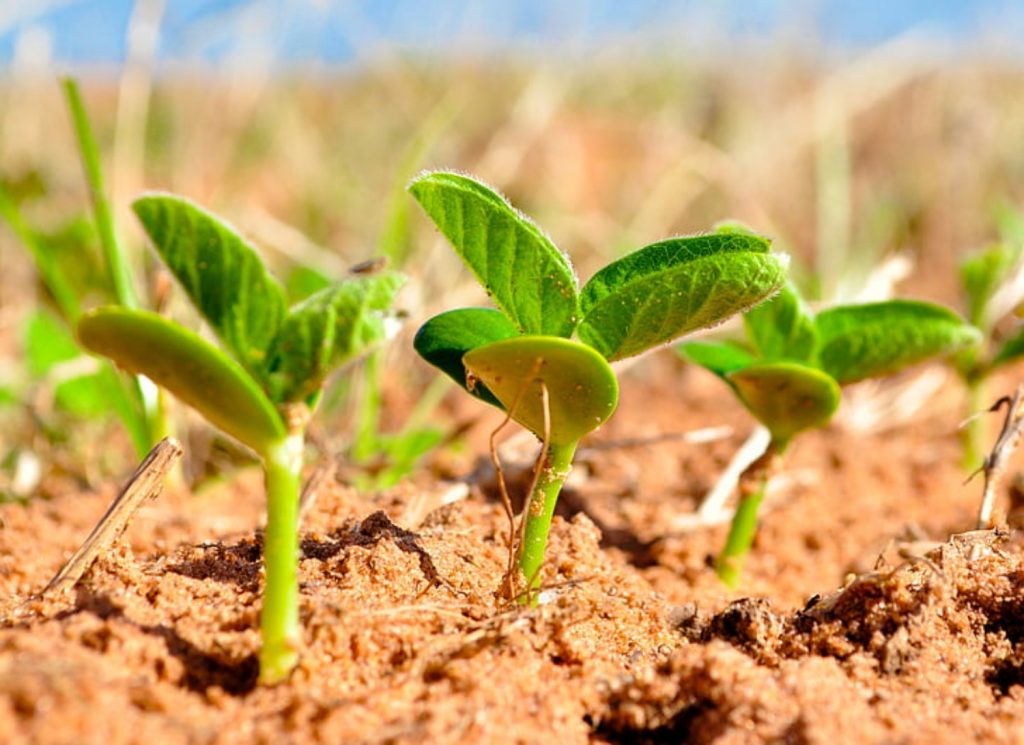
Remove surrounding weeds
Dandelions, stinging nettle, purslane, and other weeds can steal valuable nutrients away from your cucumbers. Be sure to weed your cucumber patch regularly to prevent these pesky plants from leaching minerals from the soil. Use a weed fork and hand trowel to remove the weeds completely without disturbing your cucumber plant’s shallow root system.
As your cucumber plants grow, their sprawling nature and large leaves can camouflage invasive plants. You’ll need to move the foliage carefully to locate and remove hidden weeds. Like other cucurbits, cucumbers have prickly vines. Be sure to wear gloves and long sleeves when handling the plants to avoid skin irritation.
Weeds can pop up quickly, so be sure to weed your cucumber patch every few days, before the problem gets out of hand. If you haven’t got the time to remove the weeds by hand, invest in a natural herbicide that will kill the plants without harming your cucumbers or local pollinator populations.
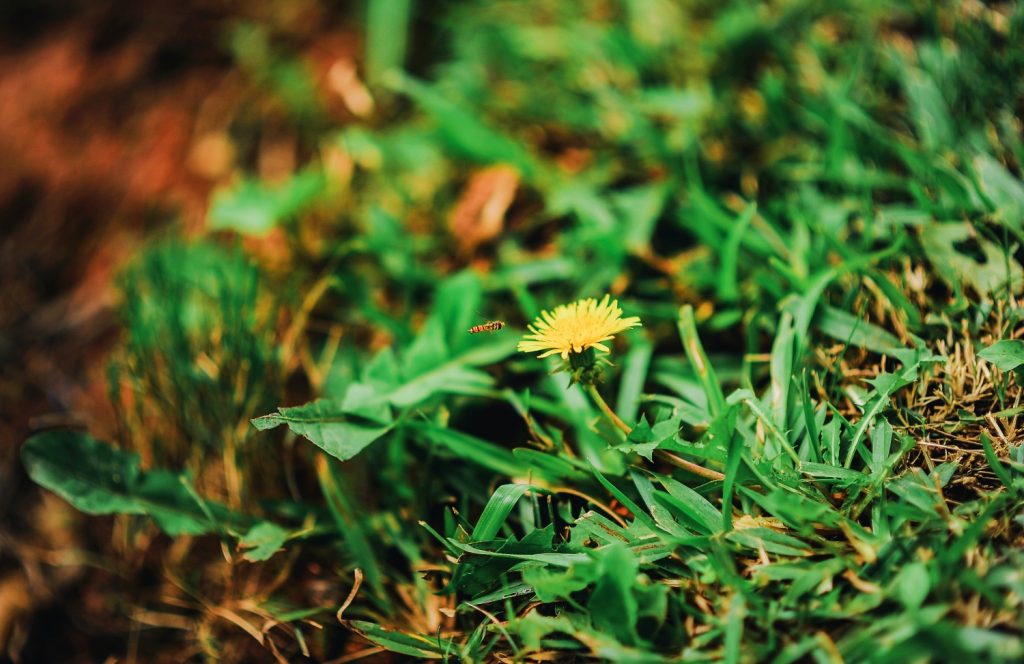
Prune away dying flowers and rotted fruits
Sometimes cucumber flowers randomly wilt and die. Pinching these flowers off helps the plants retain energy, which they can use to make new female flowers. Check your plants a few times a week and remove dying blossoms to encourage the plants to bloom more.
Also, keep an eye out for rotting fruits. Some cucumbers may fall prey to insects or, if they’re sitting on the ground, the bottoms may rot. It’s important to remove these duds from the plant so it can focus on producing healthy fruits.
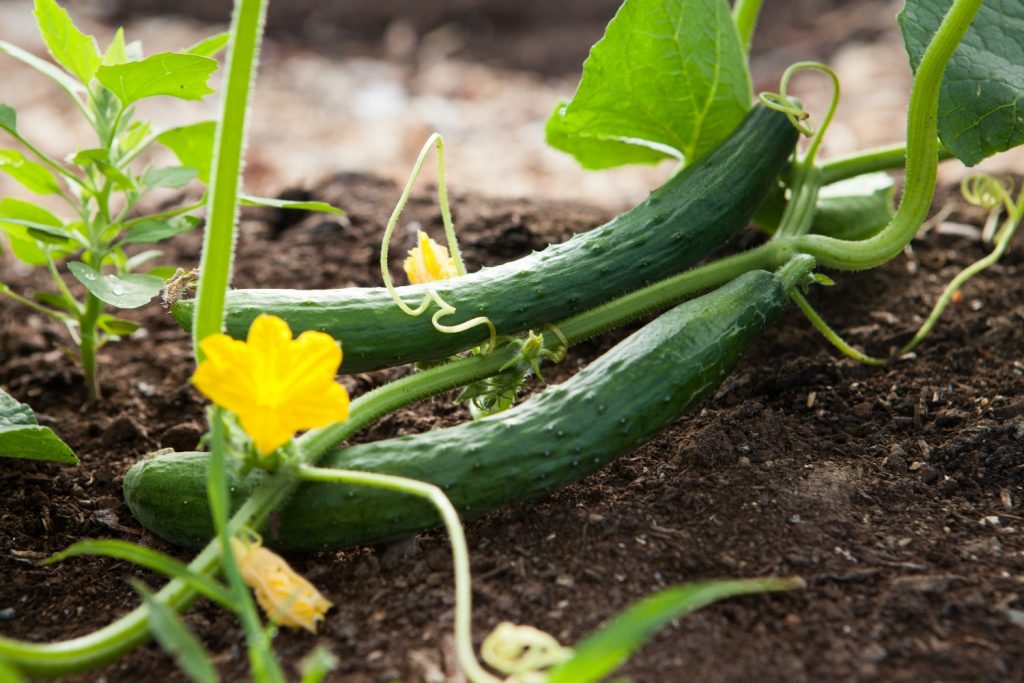
Water the plants regularly to promote flower production
Cucumbers are sensitive to their growing conditions. If the plants don’t receive enough water prior to and during the flowering season, they’ll create more male flowers than female flowers. Drought stress causes the plants to produce more male flowers because fertilized female flowers will require more water.
So to increase female flowers in cucumber plants, be sure to water them regularly. Cucumbers grow best in sandy to loamy soil that drains well but can still retain a bit of moisture. Use your finger to check the soil at a depth of 1 to 2 inches before watering. If the soil feels dry and powdery, give the cucumbers a thorough soak. Water the base of the plants only to prevent mildew. For best results, water them in the morning to give excess water plenty of time to dry up before nightfall.
While you certainly want to make sure your cucumber crop has enough water, you also need to be careful not to water them too much. Never water the cucumbers to the point that their soil becomes muddy. If the plants sit in puddles, their roots may suffocate. Even if they dry out before the plants die, this can have a negative impact on flower production.
Adding a layer of mulch around the base of your cucumber plants will help the soil retain moisture, and save you some time and labor, too. Mulch insulates the ground preventing evaporation and rapid hydration loss. Wood chip mulch works best for cucumber plants, but lawn clippings and hay can be used, too.
Harvest the cucumbers quickly
It takes a lot of energy for a plant to flower and produce fruit at the same time. The faster you take ripe cucumbers off the vine, the better. Then, the plants can use the extra nutrients to produce more female flowers.
Picking your cucumbers early has another advantage. It allows you to get the tenderest, sweetest cucumbers possible. The longer your cucumbers stay on the vine, the tougher their skin becomes and the mushier their texture gets. Older cucumbers also tend to have a watery taste that isn’t nearly as palatable as smaller ones.
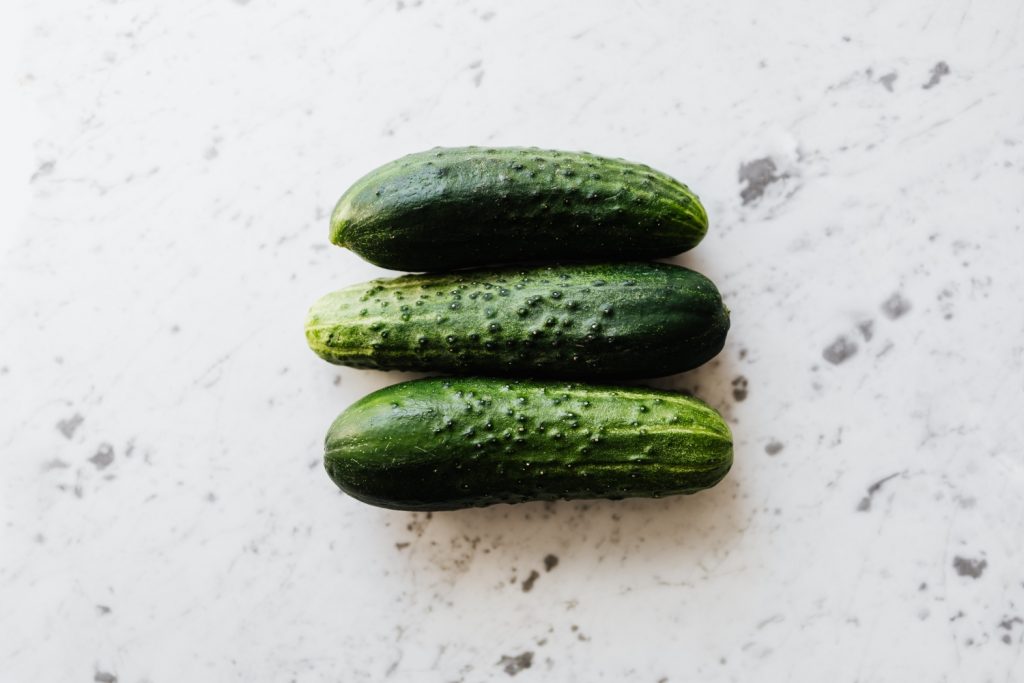
Watch out for garden pests
Aphids, squash bugs, slugs, and cucumber beetles all prey on cucumber plants. If your crops are infested with these insects, they may fail to bloom or drop their blossoms during the pollination process. If you notice more flower buds on the ground than on your cucumber plants, check them carefully for insects. They may be playing host to an infestation.
Garden pests like to hide on the undersides of cucumber leaves, where they suck sap away from the plant, draining it of much-needed energy. This can lead to yellowing foliage, leaves with holes in them, stunted growth, damaged fruits, and, of course, loss of flower buds.
If you spot these harmful bugs on your cucumber plants, use tweezers to pluck them off one by one. This can be a time-consuming process, but it’s often the best way to handle a bug problem. Releasing predator insects like ladybugs and lacewings can also help you get a handle on the situation. And homemade insecticides also come in handy and can help spare those female flowers you’ve worked so hard to cultivate.
More tips for increasing female flowers in cucumber plants
The most important thing you can do for your cucumber plants to help them produce plenty of female flowers is to meet all of their growing requirements. Plant your cucumbers in neutral loamy soil that drains well. Make sure the plants get enough sunlight and that there’s plenty of room in between the plants to allow for adequate air circulation.
Simply being able to check all of the boxes when it comes to your cucumber plants’ care requirements will make a world of difference in their performance. With a little extra care, you can increase the number of female flowers your cucumber plants produce, and enjoy more fresh cucumbers from your garden this growing season.
